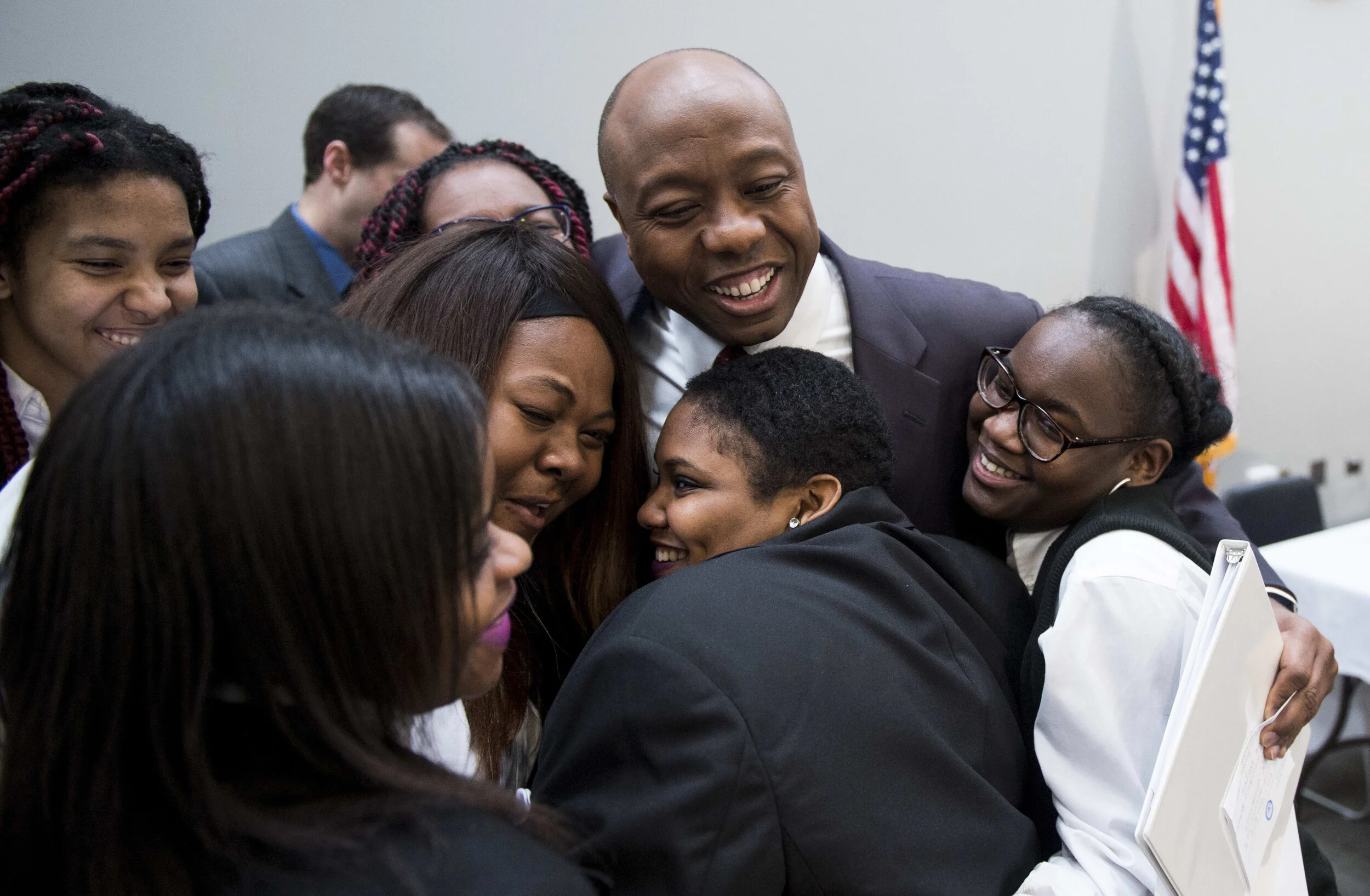Published in The 74
Tucked away in the Tax Cuts and Jobs Act is a little-noticed program called the Investing in Opportunity Act, which could bring much-needed financial investments to some of the nation’s most distressed communities. While most attention has focused on the benefits for housing development and new businesses, the program could also spur needed investments in education, particularly charter school facilities and skills training programs.
The recovery from the Great Recession of 2008 was not widely felt across the country. During the first five years, half the national job growth came from just 73 of the more than 3,000 counties in the United States. Five metro areas were responsible for half the national increase in the number of new companies. Meanwhile, more than 52 million Americans live in distressed regions that are still losing jobs, suffer from higher-than-average rates of opioid addiction, and have lower labor force participation. They have became poverty traps, with less economic mobility for workers and their families.
The Investing in Opportunity Act aims to help by incentivizing needed private capital investments in projects crucial for revitalizing these communities. The program grew out of bipartisan work by the Economic Innovation Group led by Jared Bernstein, a progressive chief economist to former vice president Joe Biden, and Kevin Hassett, a conservative economist and currently President Trump’s chairman of the Council of Economic Advisers. A bipartisan congressional coalition led in the Senate by Republican Tim Scott and Democrat Cory Booker, and in the House by Republican Pat Tiberi and Democrat Ron Kind, quickly introduced the program in legislation that eventually became part of the final tax bill.
The program has two components. First, governors had until the end of April to designate up to 25 percent of their states’ low-income, high-poverty census tracts as Opportunity Zones. These are the areas within which projects qualify for investment through the second part of the program, a new private investment vehicle called Opportunity Funds. The Treasury Department has already approved zones in 18 states.
What’s unique is the pool of capital available for reinvestment. Investors are allowed to defer paying capital gains taxes if they sell appreciated investments and reinvest that money in Opportunity Funds. This would entice investors to put some of their roughly $6 trillion in unrealized investment gains toward areas that need it. While there are smaller tax incentives for those who sell after five or seven years, the program is aimed at creating patient capital invested in communities for the long term. There are no capital gains on any appreciation if the investment is kept in an Opportunity Fund for at least a decade. Even a fraction of this reinvestment would make Opportunity Zones/Funds the largest economic development program in the United States.
This should bring needed capital investments to help rebuild the main streets of many communities left out of the recovery. It should also provide a source of funding for a number of human capital projects.
For example, costs associated with securing and maintaining viable facilities can present an expensive hurdle for public charter schools. According to the Charter School Facilities Initiative, charters are forced to spend operating dollars on facilities, cutting into the funds that should be spent on students. Local and state capital funding programs do not provide enough to meet the need.
One could imagine groups such as the Charter School Growth Fund or NewSchools Venture Fund creating charter-specific Opportunity Funds to scale new schools to high-needs areas. Perhaps the funds would focus on charters specializing in career and technical education or providing alternative pathways for students in these areas.
Beyond charters, emerging workforce programs, such as coding boot camps, are also seeking capital to expand their offerings. Shut out from traditional federal financial aid, these organizations have instead turned to income-share agreements, in which investors provide funds up front toward students’ tuition and other associated costs in exchange for a fixed percentage of student earnings after graduation. These agreements allow colleges and training providers to share risk with students by underwriting tuition costs based on the amount of likely student earnings. They’re an elegant solution in aligning quality and outcomes for students, providers, and employers; what they largely lack is the initial up-front capital to help finance several cohorts of students.
Next-generation workforce programs like Covalence in Alabama and Galvanize in Arizona, and technology apprenticeship programs like Kenzie Academy in Indianapolis, could take advantage of the Opportunity Fund structure to support income-share agreements for their students in Opportunity Zones. Or perhaps new apprenticeship programs would be financed out of Opportunity Funds to provide the skills training needed to complement new jobs in those regions.
There are also creative options for governors who could task their economic development agencies with building out an Opportunity Fund investment strategy. For example, Pennsylvania could leverage its expertise and staffing with the Commonwealth Financing Authority and New Pennsylvania Venture Capital Investment Program to create an Opportunity Fund aimed at charter school facilities or workforce programs.
Governors might also want to combine investments from an Opportunity Fund with federal E-rate discounts to pay for broadband in rural schools. The “fiber gap” could be closed, and students would have access to new opportunities through online learning, course choice, and personalized learning.
State chiefs could also layer additional incentives or benefits for schools in Opportunity Zones, giving them preference when competing for state grants or federal funding under the Every Student Succeeds Act or using the zone designation as another way of identifying need.
There is enormous room for creatively using these funding mechanisms to spur improvements in education and workforce systems in areas that have the most need. Americans have had the option to invest in emerging markets around the world for decades; now they have the opportunity to invest in emerging markets here at home.
